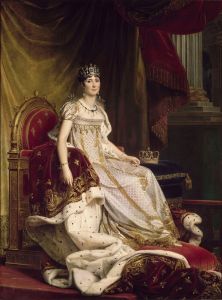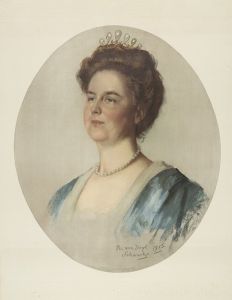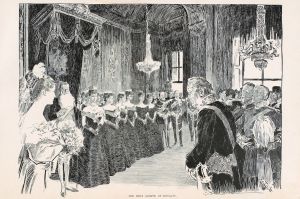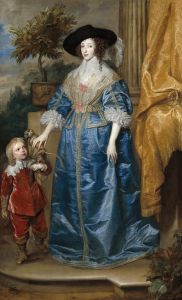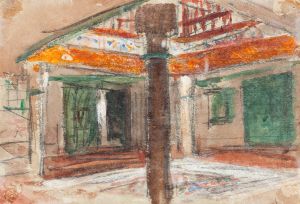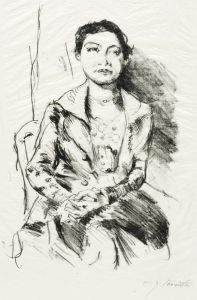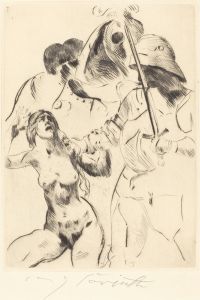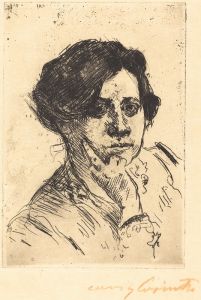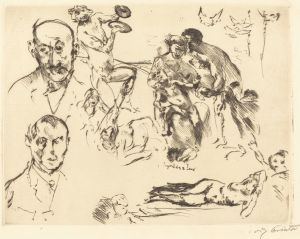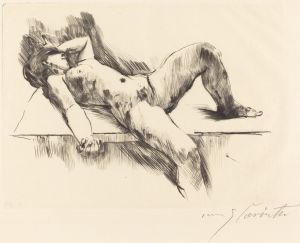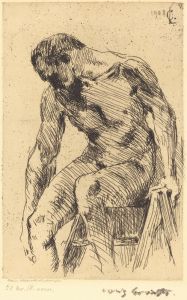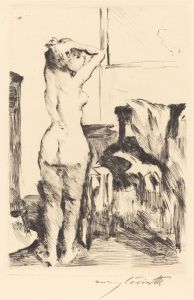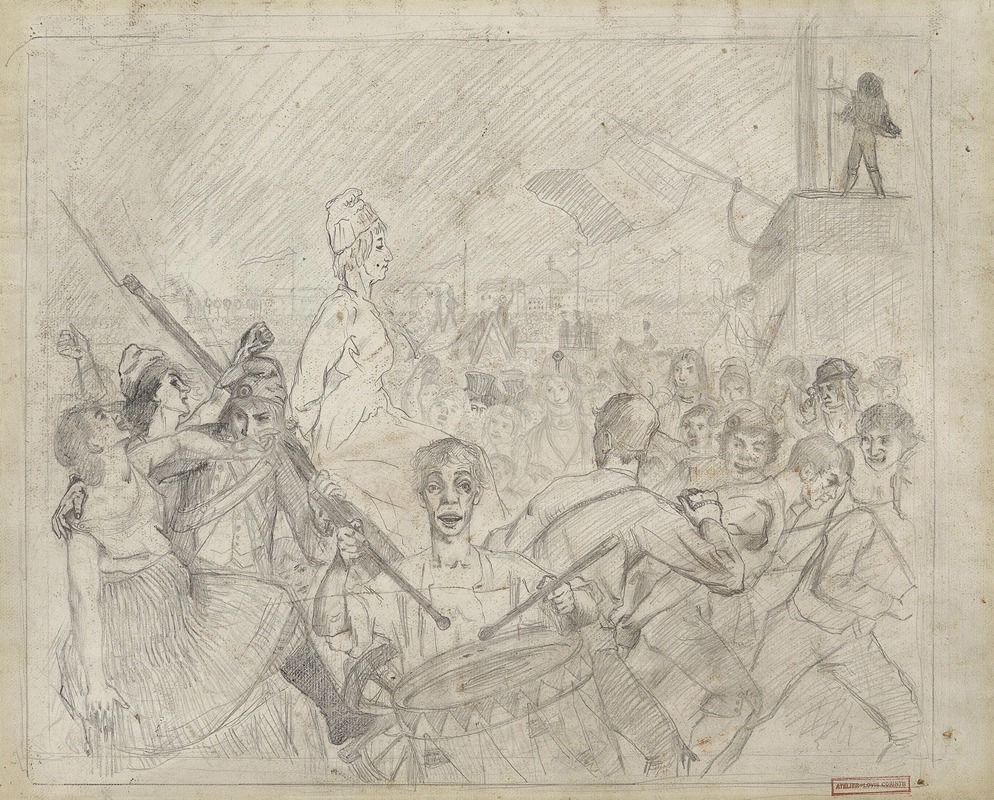
Marie Antoinette Vorzeichnung
A hand-painted replica of Lovis Corinth’s masterpiece Marie Antoinette Vorzeichnung, meticulously crafted by professional artists to capture the true essence of the original. Each piece is created with museum-quality canvas and rare mineral pigments, carefully painted by experienced artists with delicate brushstrokes and rich, layered colors to perfectly recreate the texture of the original artwork. Unlike machine-printed reproductions, this hand-painted version brings the painting to life, infused with the artist’s emotions and skill in every stroke. Whether for personal collection or home decoration, it instantly elevates the artistic atmosphere of any space.
Marie Antoinette Vorzeichnung by Lovis Corinth is a drawing created by the German painter and printmaker Lovis Corinth (1858–1925). Corinth was a prominent figure in the German art scene during the late 19th and early 20th centuries, known for his contributions to Impressionism and later Expressionism. His works often explored themes of history, mythology, and portraiture, showcasing his mastery of both technical skill and emotional depth.
The title of the drawing, "Marie Antoinette Vorzeichnung," translates to "Marie Antoinette Preliminary Drawing" in English. The piece is believed to depict Marie Antoinette, the last queen of France before the French Revolution. As a preliminary drawing, it likely served as a preparatory study for a more detailed or finished work, a common practice among artists to refine their compositions and ideas.
Lovis Corinth's interest in historical figures and events is evident in many of his works, and this drawing reflects his engagement with the dramatic and often tragic narratives of the past. Marie Antoinette, a figure synonymous with the opulence and eventual downfall of the French monarchy, has been a subject of fascination for artists, writers, and historians for centuries. Corinth's interpretation of her adds to the rich tapestry of artistic representations of the queen.
The medium and dimensions of the drawing are not widely documented, but as a "Vorzeichnung," it is likely executed in pencil, charcoal, or another drawing medium. The style of the work would align with Corinth's characteristic approach, blending realism with expressive elements.
While the exact date of the drawing's creation is unclear, it would have been produced during Corinth's active years as an artist, which spanned from the late 19th century until his death in 1925. His later works, in particular, are noted for their looser, more dynamic style, influenced by his personal experiences and evolving artistic vision.
Marie Antoinette Vorzeichnung is not among Corinth's most famous works, and detailed information about its provenance, current location, or critical reception is limited. However, it remains a testament to Corinth's versatility as an artist and his ability to engage with historical subjects in a compelling manner.
Further research into museum collections, auction records, or Corinth's catalog raisonné may provide additional insights into this specific drawing.





